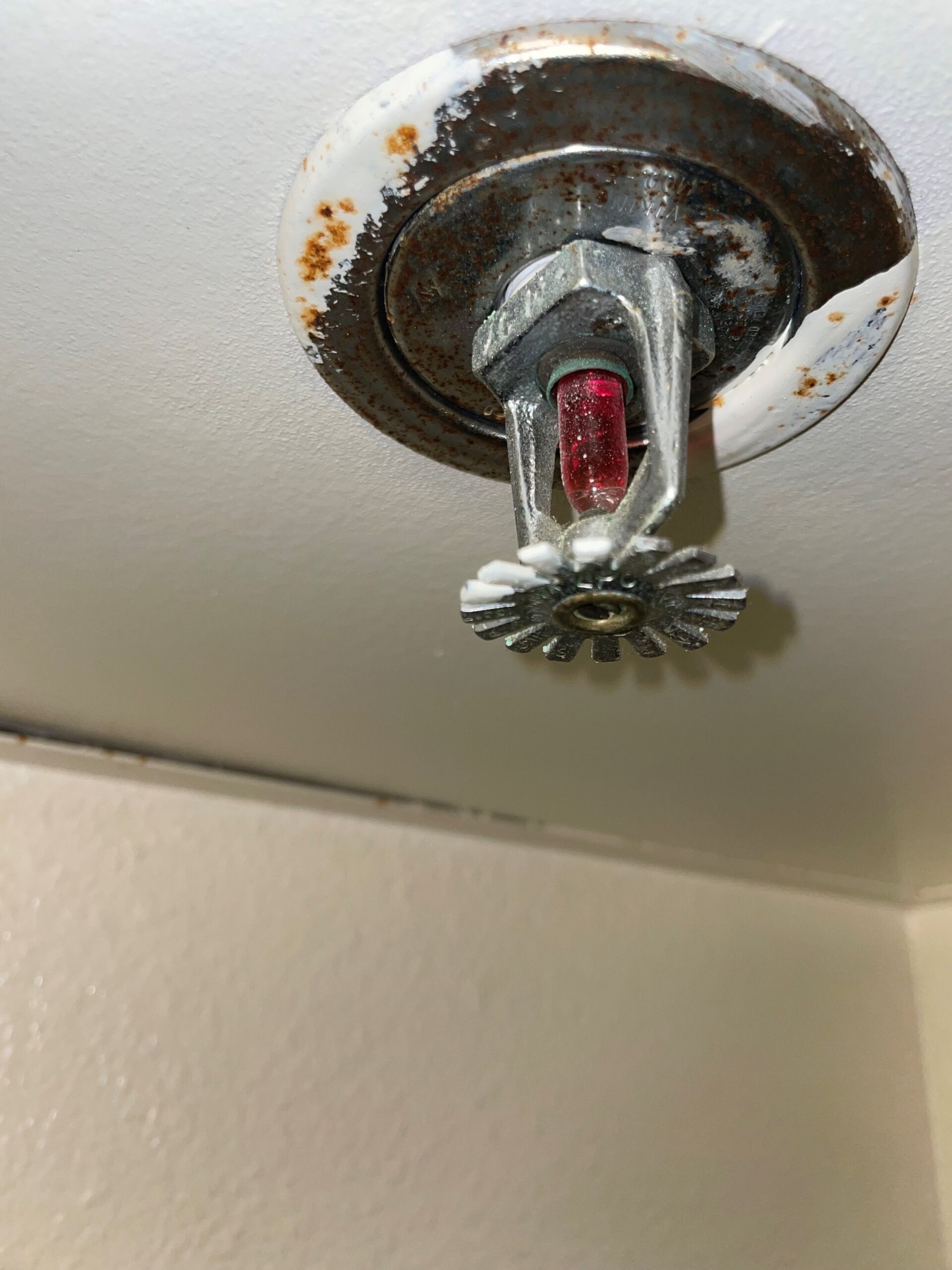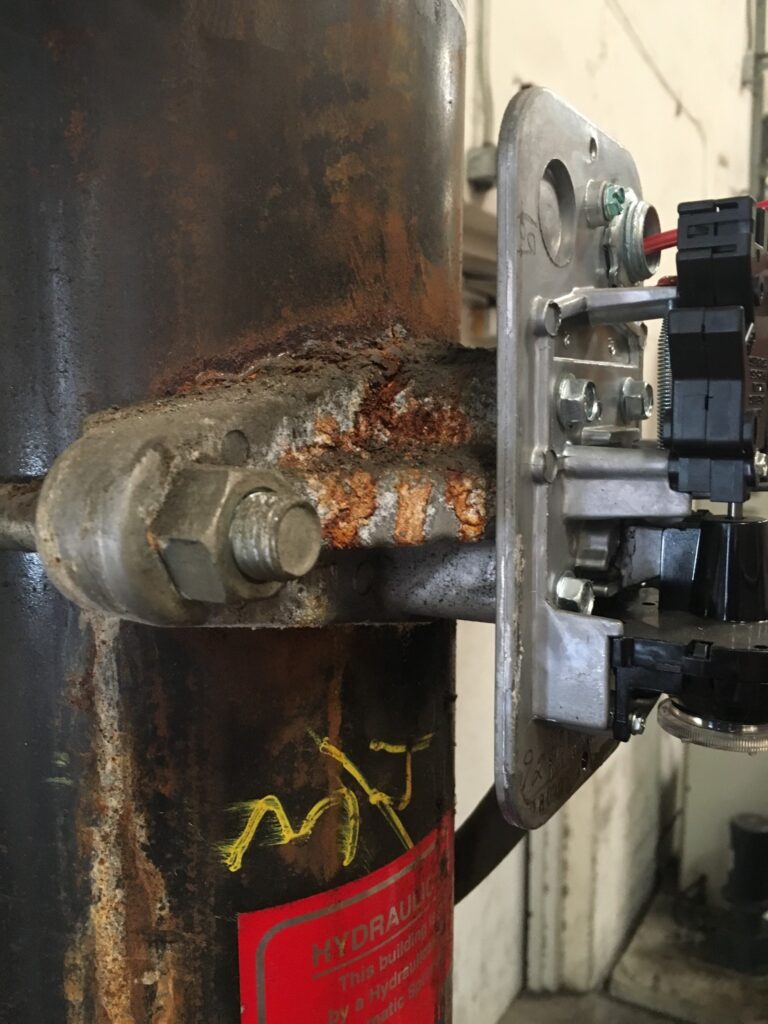National Fire Protection Agency (NFPA) Code 25 requires fire sprinkler systems to have an Obstruction Investigation every five years and requires that the interior of the system piping be inspected for the presence of organic and inorganic material.
NFPA 25 also requires that if tubercles or slime are found during an investigation that they be tested for MIC.
NFPA 25 also states that an Obstruction Investigation shall be conducted for system or yard main piping if any of the following (14) conditions exist:
-
Defective intake for fire pumps taking suction from open bodies of water
-
The discharge of obstructive material during routine water tests
-
Foreign materials in fire pumps, in dry pipe valves, or in check valves
-
Foreign material in water during drain tests or plugging of inspector’s test connection(s)
-
Plugged sprinklers
-
Plugged piping in sprinkler systems dismantled during building alterations
-
Failure to flush yard piping or surrounding public mains following new installations or repairs
-
A record of broken public mains in the vicinity
-
Abnormally frequent false tripping of a dry pipe valve(s)
-
A system that is returned to service after an extended shutdown (greater than 1 year)
-
There is reason to believe that the sprinkler system contains sodium silicate or highly corrosive fluxes in copper systems
-
A system has been supplied with raw water via the fire department connection
-
Pinhole leaks
-
A 50-percent increase in the time it takes water to travel to the inspector’s test connection from the time the valve trips during a full flow trip test of a dry pipe sprinkler system when compared to the original system acceptance test

 Call: 1-442-286-7041
Call: 1-442-286-7041 

